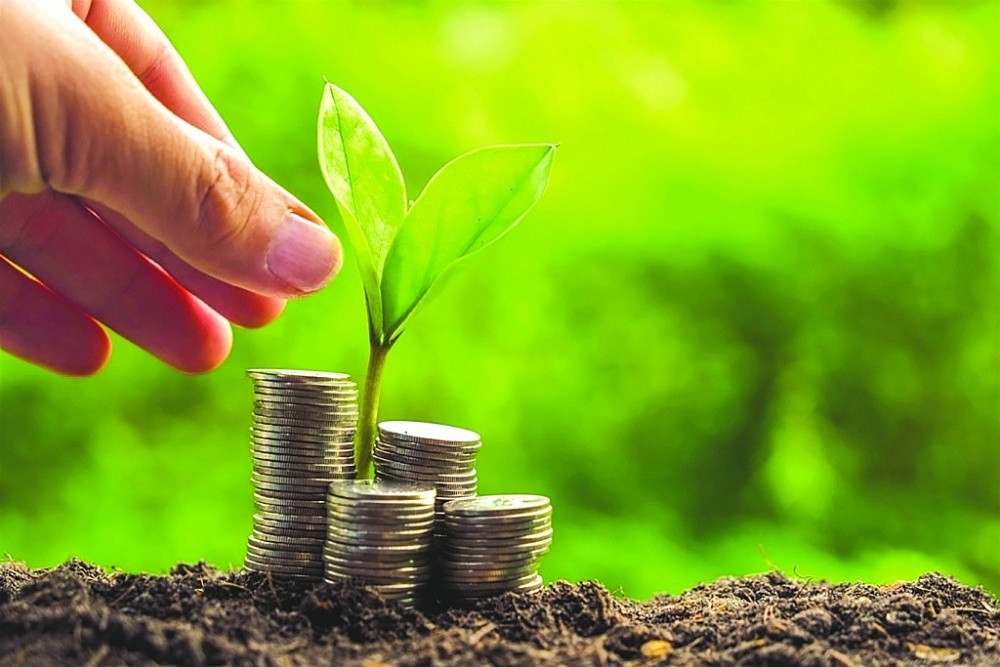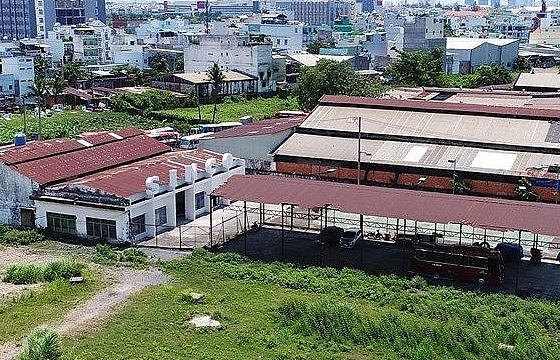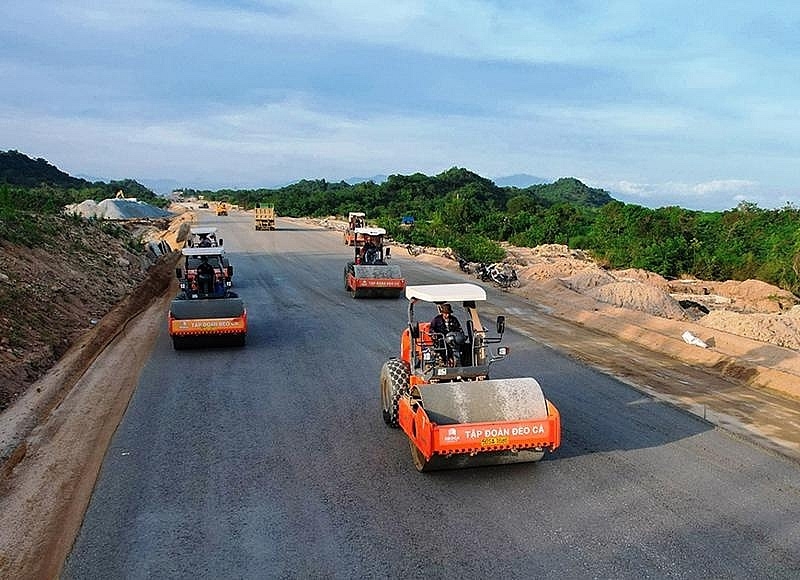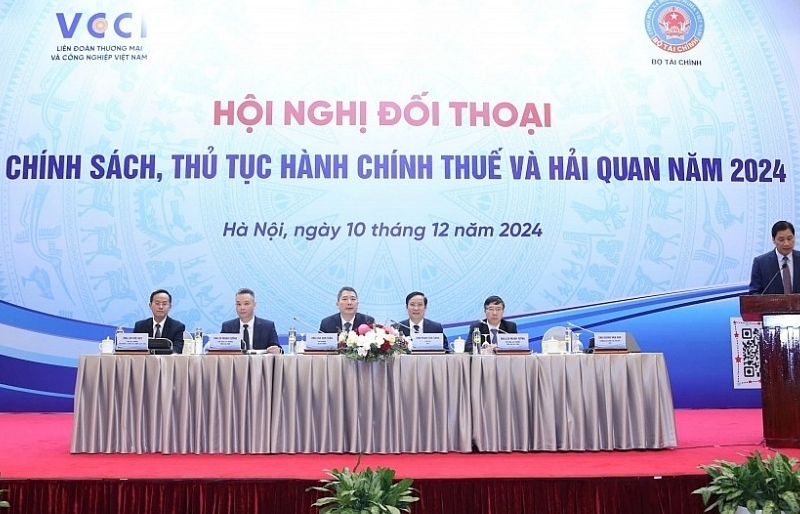Many obstacles and bottlenecks for the green credit market, green bonds in Vietnam
 |
| The scene of the seminar |
The issuance of green bonds is still very small compared to the demand
According to experts, it is estimated that Vietnam will need about US$368-380 billion (equivalent to 6.8% of GDP/year) by 2040 to transition to a green economy and cope with the impacts of climate change.
Despite its great potential, the actual development situation of the green credit market, green bonds in Vietnam is facing many obstacles, bottlenecks stemming from both policy mechanisms and the coordination of ministries and branches, including the issuance of a national green classification list.
According to Dr. Nguyen Anh Tuan, an economic expert, Editor-in-Chief of the Investor magazine, in Vietnam, from 2017 to now, the green credit market has grown at a rate of over 20% per year, higher than the general credit growth rate of the economy; some local government green bonds, corporate green bonds have been issued experimentally, especially bonds issued for large-scale green projects such as renewable energy, green transportation, and green real estate. According to the Ministry of Finance, from 2019 to 2023, Vietnam issued about US$1.16 billion of green bonds.
However, Tuan said, according to the assessment of economic experts, Vietnam's green credit market, green bonds development has not been commensurate with its potential and with the capital mobilization needs for green transformation.
"Green credit accounts for only about 4.4% of the total economy-wide debt. The US$1.16 billion in green bonds issued in the past five years is still very small compared to the capital needs of about US$20 billion on average per year to achieve green transformation goals," said Tuan.
According to the assessment of many experts, banks and enterprises, one of the reasons hindering the development of the green credit market, green bonds is the incomplete legal framework, especially the lack of environmental criteria, and a national green classification list.
Sharing the difficulties of the banking industry in promoting green credit related to the green classification list, Pham Thi Thanh Tung, Deputy Head of the Credit Department of Economic Sectors, State Bank of Vietnam (SBV), said, the green classification list was the basis for the SBV to assess the effectiveness of policies, solutions in credit policies contributing to the implementation of national green growth goals, and is an important basis for credit institutions to determine the investment scale, develop and implement appropriate banking policies, products, and services.
Although Vietnam is the first country in the ASEAN region to build a statistical guide on credit by green classification, the green classification guide for 12 green sectors issued by the SBV since 2017 is not yet a national green classification list and there is no consensus on classifying green areas of other ministries, branches, not ensuring the identification, and not complete statistics of green credit resources of the banking industry for the economy so the proportion of green credit is only 4.5% of the total economy-wide debt.
Need to improve the policy framework for the development of green financial market
Regarding this issue, Tung suggested the need for general regulations on the national green classification list that are suitable for economic sector classification and international practice. From there, credit institutions have a basis to evaluate specifically for each customer, enterprise in the lending appraisal process; focus, prioritize the allocation of capital reasonably to finance projects in the Green Classification List.
According to the representative of the State Securities Commission, the green bond market so far has been developed in a direction to facilitate entities to mobilize green bond capital to implement green projects. Many legal documents regulating sustainable finance have been issued to create premises and promote the development of green financial products.
Although the demand for capital mobilization from green bond issuances for environmental protection projects is large, the issuance of green bonds in Vietnam is still limited. According to statistics, only 19 green bonds have been issued from 2018 to 2023.
Emphasizing the challenge that Vietnam does not have a green classification list, the representative of the State Securities Commission believed that issuing a Green Classification List or a list of projects along with environmental criteria helped investors, organizations, and individuals identify and classify green or brown projects.
Economic expert Can Van Luc said that the green bond market still faced challenges, difficulties including: lack of detailed guidance from authorities, especially lack of information, criteria for green projects, about society, and the environment in Vietnam.
Additionally, the legal framework, ICT infrastructure, and investor platform in the stock market and real estate market are incomplete, lagging behind, while trust is diminished by misconduct cases in the stock and real estate markets.
To promote the green financial market including green bonds, according to Luc, it is necessary to improve the policy framework for the development of the green financial market; have mechanisms, policies to attract capital for green investment; need to improve policies, simplify procedures and encourage domestic organizations to participate in the process of confirming, certifying the green project framework, and green bonds.
Moreover, the government should soon issue a set of criteria for green projects, green buildings, and green offices; update green bond criteria, green credit in line with new goals, new contexts, and international standards (at least ASEAN standards).
Related News

Removing many bottlenecks in regular spending to purchase assets and equipment
07:14 | 03/11/2024 Finance

Growth of customs broker agents: Ongoing obstacles
11:25 | 26/10/2024 Customs

Infrastructure obstacles hold back development of enterprises
15:31 | 20/10/2024 Import-Export

Removing bottlenecks to develop the green bond market
17:05 | 14/04/2024 Finance
Latest News

Ensuring efficiency and transparency in use and management of houses and land at State enterprises
13:54 | 22/12/2024 Finance

Vietnam's stock market to develop strongly and sustainably
19:08 | 21/12/2024 Finance

Tax sector achieves revenue target of about VND1.7 million billion
18:32 | 21/12/2024 Finance

General inventory of public assets raises efficiency of use and management of country's resources
09:29 | 20/12/2024 Finance
More News

Publicizes progress of public investment disbursement for important national projects
15:21 | 19/12/2024 Finance

Six SOEs to be transferred back to industry ministry
15:38 | 18/12/2024 Finance

PM urges stronger measures to manage interest rates
16:53 | 17/12/2024 Finance

Six SOEs to be transferred back to industry ministry
16:48 | 17/12/2024 Finance

Vietnamese products: Conquering foreign customers in supermarket systems
16:45 | 17/12/2024 Finance

Answering many questions from businesses at dialogue conference on tax and customs policies
10:01 | 17/12/2024 Finance

Enterprises face difficulties in tax refunds due to partners closing
10:01 | 17/12/2024 Finance

Strengthen the management and use of electronic invoices for e-commerce
11:24 | 16/12/2024 Finance

Ministry of Finance proposes comprehensive amendments to the Personal Income Tax Law
11:23 | 16/12/2024 Finance
Your care

Ensuring efficiency and transparency in use and management of houses and land at State enterprises
13:54 | 22/12/2024 Finance

Vietnam's stock market to develop strongly and sustainably
19:08 | 21/12/2024 Finance

Tax sector achieves revenue target of about VND1.7 million billion
18:32 | 21/12/2024 Finance

General inventory of public assets raises efficiency of use and management of country's resources
09:29 | 20/12/2024 Finance

Publicizes progress of public investment disbursement for important national projects
15:21 | 19/12/2024 Finance





